1. The Rise of Black Power and Its Impact on Women’s Rights
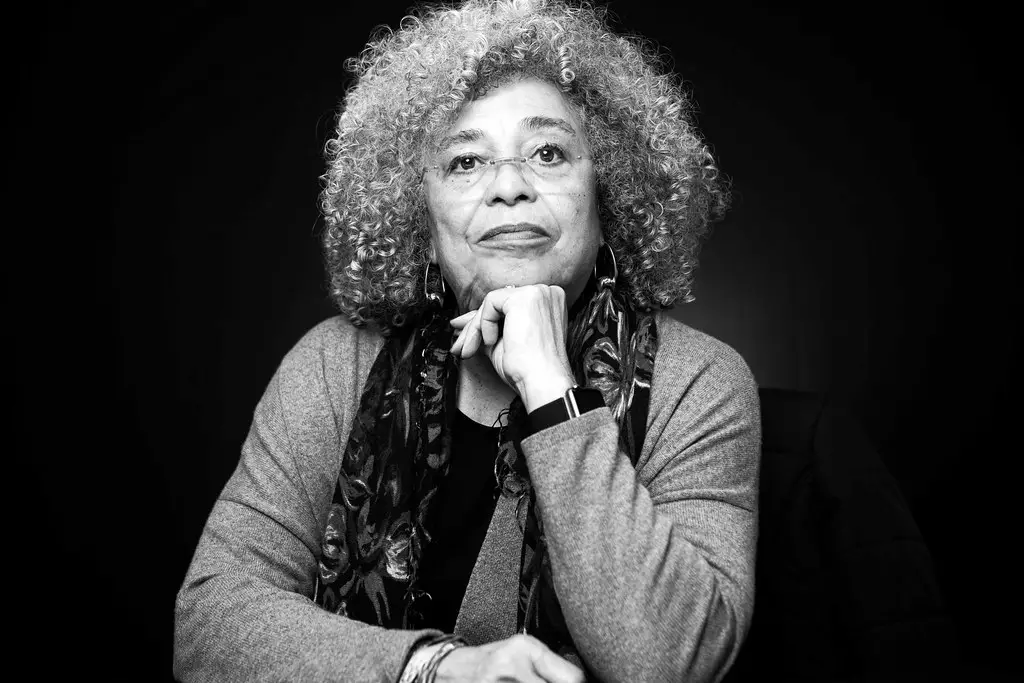
The ’70s saw the explosion of the Black Power movement, which fundamentally shifted the way Black women were viewed, both in society and within their own communities. The fight for civil rights began to intersect with gender equality, prompting a fierce reexamination of what it meant to be a Black woman in America. Icons like Angela Davis became household names, inspiring a generation to take pride in their racial and gender identity. The movement’s strong emphasis on self-determination challenged traditional norms, making it clear that Black women were not just a footnote in the struggle but were central figures. This new wave of activism empowered women to voice their concerns about racial injustice, economic inequality, and their roles in society according to ThoughtCo.
As the movement gained momentum, so did the visibility of Black women in leadership positions. Their voices were amplified, and their style began to reflect the power they felt within. Hairstyles like the Afro became a symbol of pride, rejecting the Eurocentric beauty standards that had been imposed for so long. It wasn’t just about fashion—it was about reclaiming identity. Wearing natural hair became a political statement, one that said, “I am proud of who I am.” For Black women, the ’70s weren’t just a time of societal change, but a moment to define themselves on their own terms, challenging the world to listen.
2. The Cultural Explosion of the Blaxploitation Era
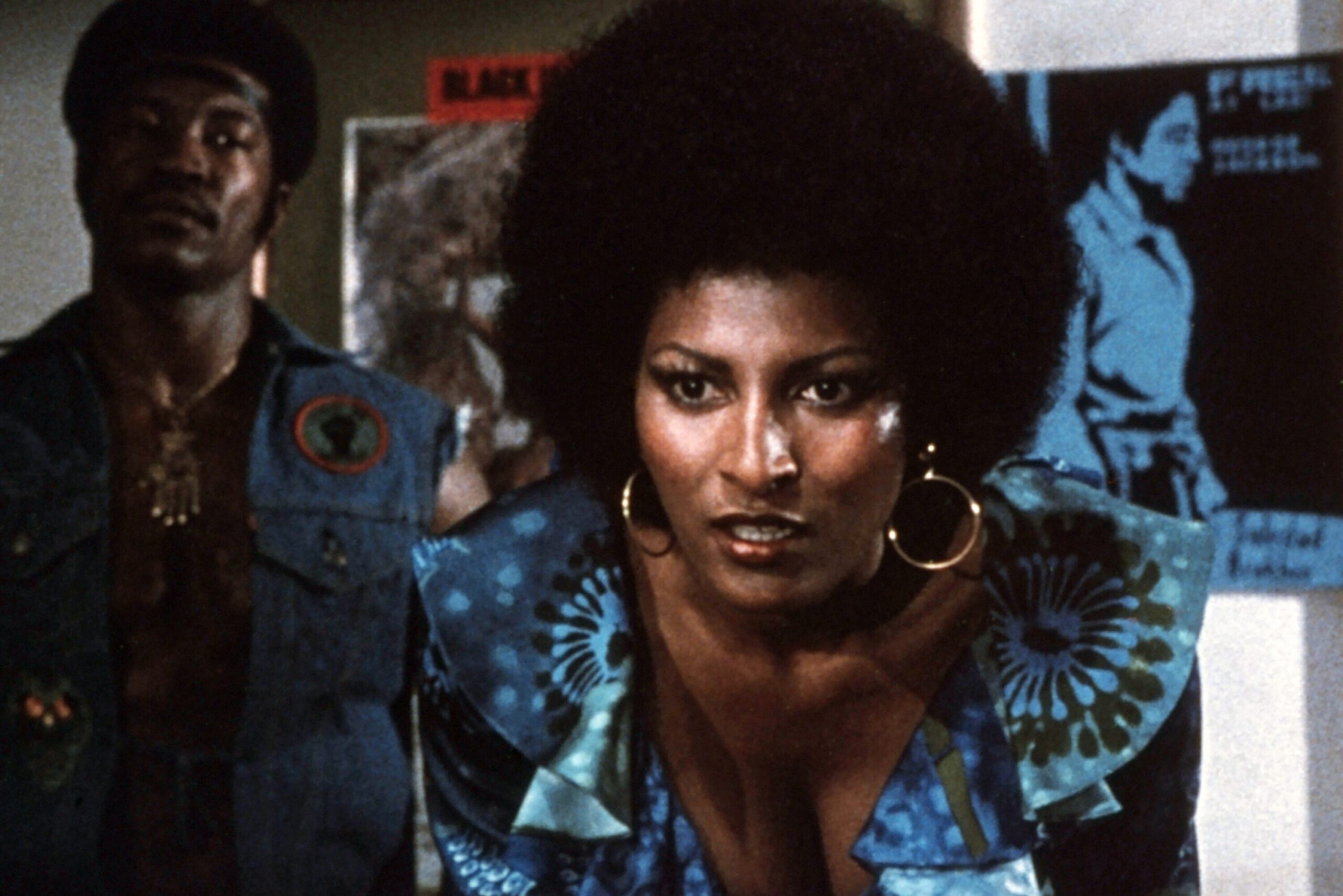
The ’70s saw the rise of the Blaxploitation genre, which brought Black women into the spotlight in a way that hadn’t been seen before. Films like Foxy Brown and Coffy featured women as fierce, unapologetic heroines who fought back against oppressive systems. Pam Grier became the face of this genre, and her roles challenged stereotypes of Black women as docile or submissive. These films were controversial, to be sure, but they also opened doors for future generations of women to see themselves as strong, sexual, and in control of their own narratives. Black women were no longer just sidekicks or love interests—they were the stars, making their own decisions and living life on their own terms says Fashionista.
But the Blaxploitation era wasn’t just about revolutionizing the way Black women were portrayed in film—it was also about how they carried themselves. The fashion in these films was larger-than-life, often featuring bold colors, daring cuts, and lavish accessories. Flared pants, platform shoes, and leather jackets became iconic symbols of Black femininity. Grier’s character was always impeccably dressed, her style a reflection of her strength and independence. These fashion choices weren’t just trends—they were statements, affirming that Black women were ready to step into a new era of power, both on and off the screen.
3. The Natural Hair Movement Gains Traction
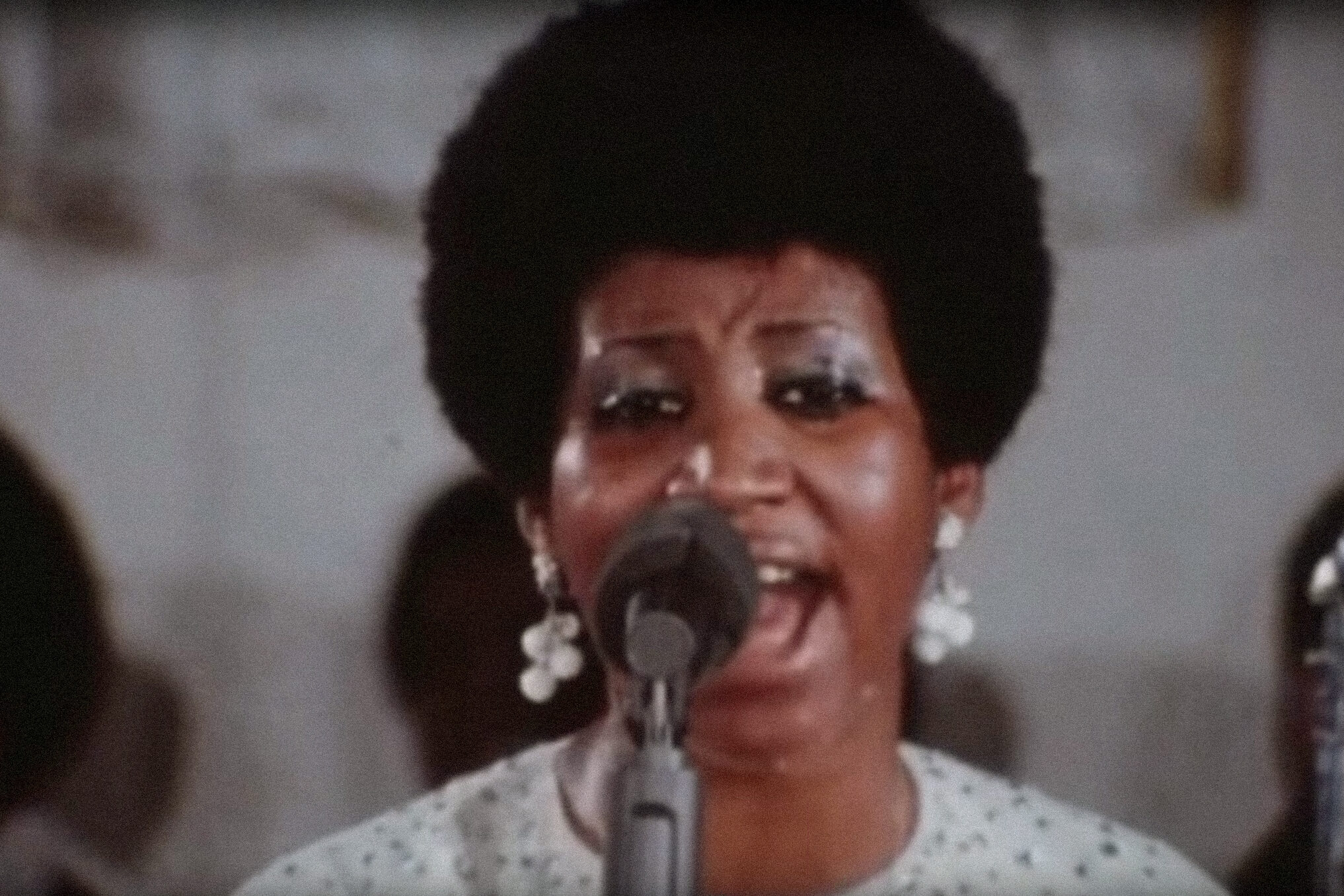
One of the most defining features of Black women’s style in the ’70s was the embrace of natural hair. During this decade, the Afro became not just a hairstyle but a revolutionary statement. The ’60s had been about the civil rights struggle, but the ’70s were about embracing Black beauty and rejecting assimilationist standards. The natural hair movement emerged as a way to reject the straightening comb and relaxers that had long been used to tame curly hair. Instead, women let their hair grow out, celebrating the texture and volume that made them uniquely beautiful. It was an act of defiance, showing that Black women didn’t need to conform to white beauty standards.
This wasn’t just a trend for women in the street; it spread to the highest levels of society. Celebrities like Diana Ross and Aretha Franklin wore their Afros with pride, showing the world that Black beauty was not only valid but stunning. For everyday women, the Afro became a way to connect with their heritage and celebrate their roots. It was a symbol of unity within the Black community, reinforcing the idea that beauty comes in all forms. By the end of the ’70s, the natural hair movement had left an indelible mark on Black culture, influencing how Black women would view their beauty for decades to come explains Los Angeles Times.
4. The Impact of Fashion Icons Like Diana Ross and Donna Summer
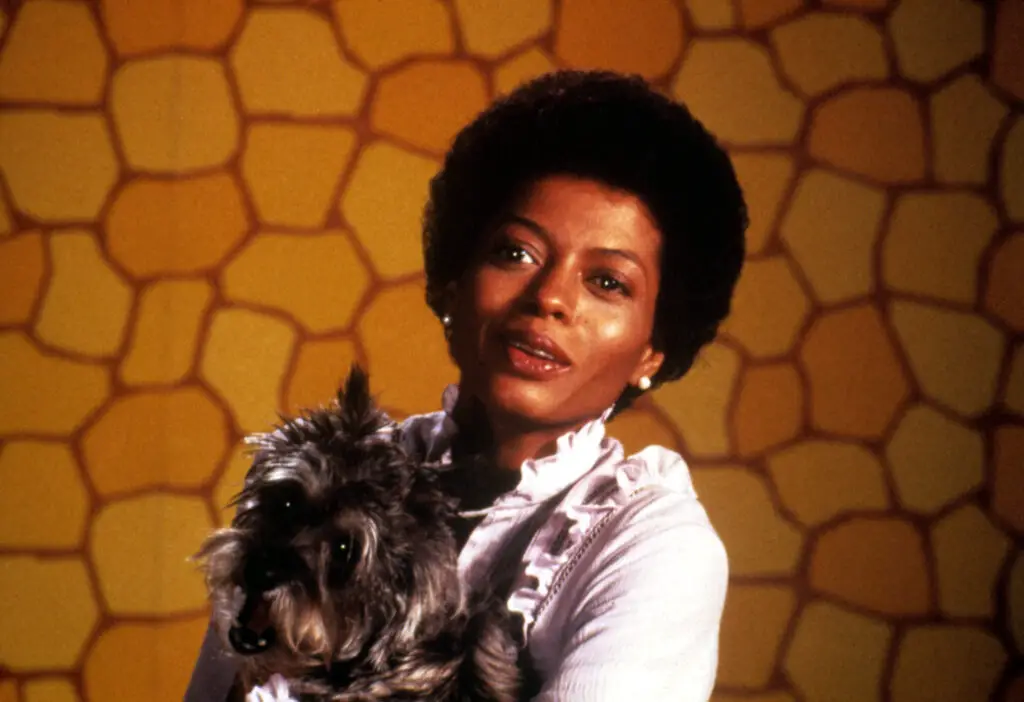
Diana Ross and Donna Summer were not just music legends in the ’70s—they were also fashion icons. Ross, with her glamorous gowns and elegant, voluminous hairstyles, redefined what it meant to be a Black woman in the spotlight. Her style was a blend of high glamour and earthy sophistication, with large statement pieces that made her impossible to ignore. She became a muse for designers, embodying the kind of timeless elegance that women everywhere sought to emulate. At the same time, Donna Summer’s disco-infused style was all about fun, freedom, and exuberance. She brought bold colors and metallics to the stage, creating a look that was both sultry and confident.
Both women represented different sides of Black womanhood in the ’70s. Ross embodied the refined, glamorous woman who commanded attention, while Summer was all about joy and liberation. Their fashion choices reflected their music: Ross’s gowns mirrored her soulful ballads, and Summer’s glittering outfits matched her upbeat, dance-driven tunes. For Black women, these two icons showed that you could be both elegant and powerful, soft and fierce, all at once. Their influence extended beyond the stage, shaping everyday fashion choices for women in the ’70s and beyond says Vogue.
5. The Rise of Feminism and Intersectionality
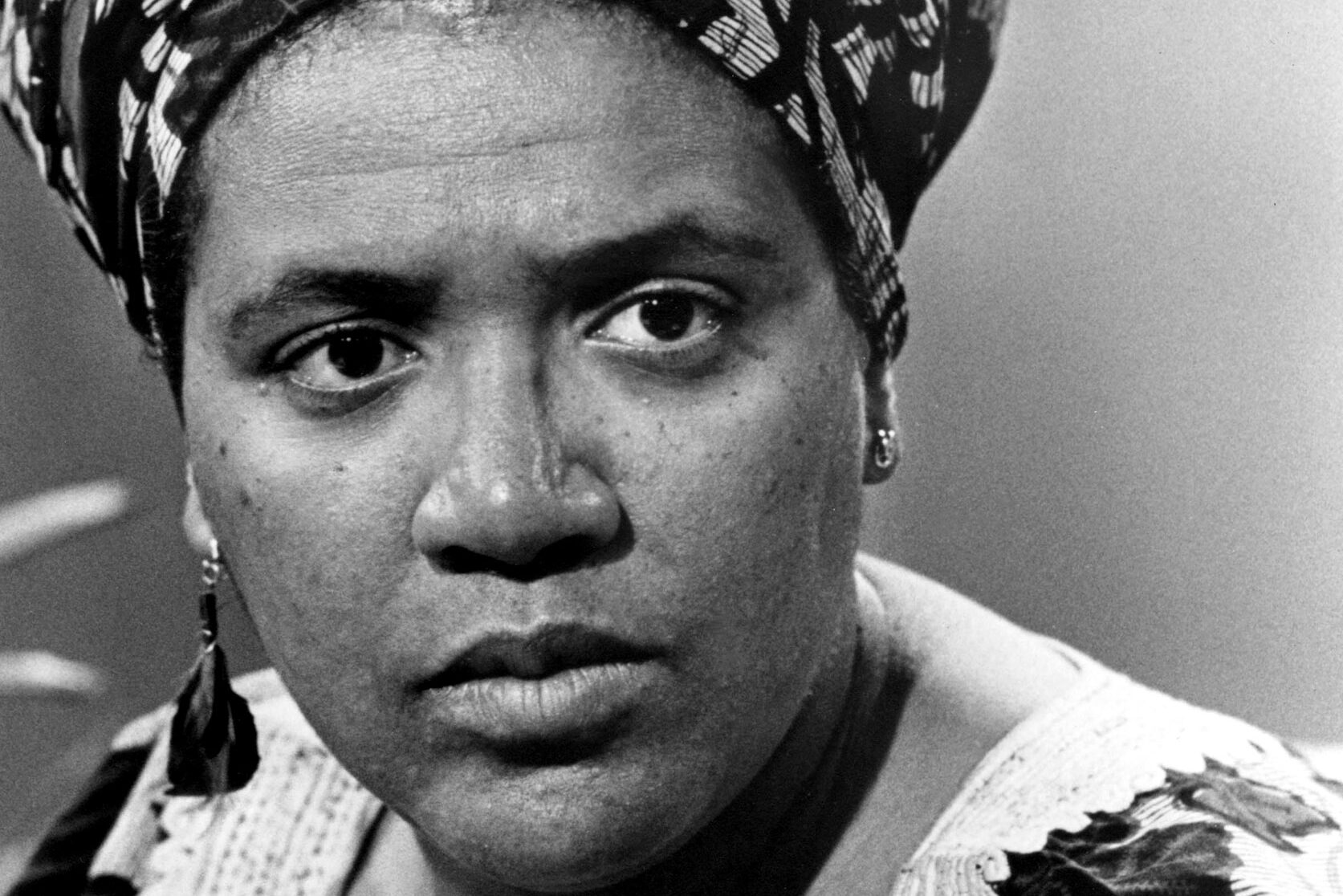
The ’70s was also a time when feminism began to take on a more inclusive and intersectional approach. While mainstream feminism was largely led by white women, Black women began to carve out their own space within the movement. Figures like Audre Lorde and bell hooks brought attention to the ways race and gender intersected, arguing that the feminist movement needed to center the experiences of women of color. These thinkers laid the groundwork for modern intersectionality, pushing the idea that the struggles of Black women were different from both white women and Black men, and that their experiences couldn’t be understood in isolation.
This new wave of feminist thought also influenced Black women’s style. As Black women began to embrace their multifaceted identities, their fashion choices reflected their resistance to being pigeonholed. They experimented with new forms of expression, incorporating elements from both African and Western cultures into their wardrobes. It was a time of bold self-expression, where clothes became more than just fabric—they became a way to communicate identity, power, and resistance. The rise of Black feminism in the ’70s wasn’t just an intellectual revolution; it was also a cultural one, with fashion playing a central role.
6. Disco Fever: A Revolution in Nightlife Fashion
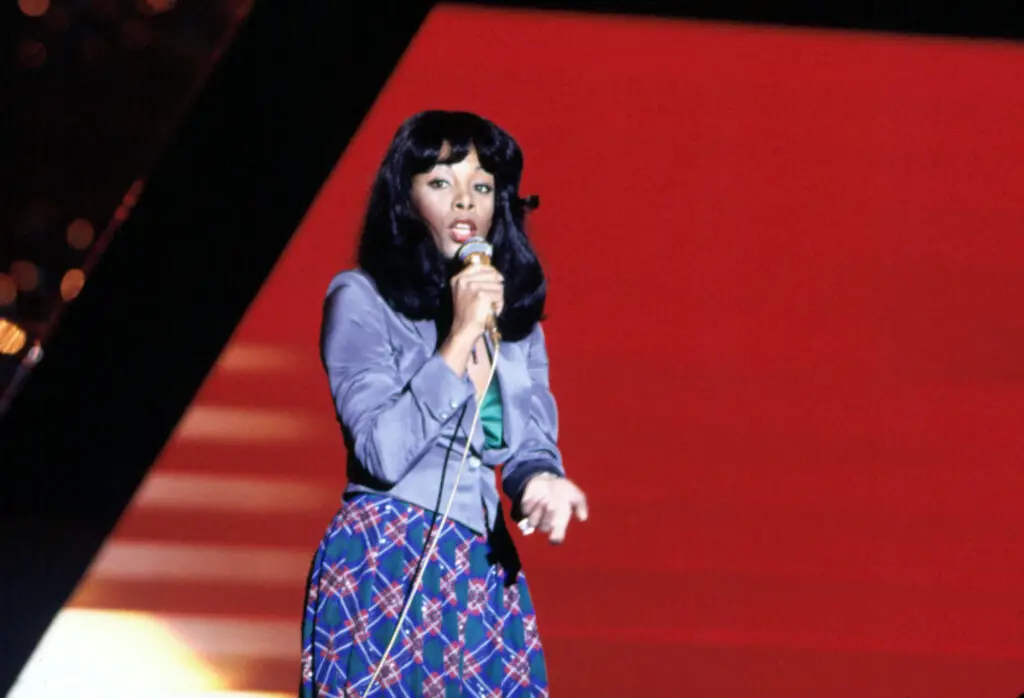
The ’70s were the heyday of disco, and with disco came a new kind of nightlife fashion. Women, especially Black women, flocked to clubs like Studio 54, where the dress code was as much about attitude as it was about fashion. Disco fashion was all about excess, glitter, and bold statement pieces. Platform shoes, bell-bottom pants, and metallic fabrics were all the rage, reflecting the carefree, fun-loving atmosphere of the disco era. For Black women, disco offered a space where they could express themselves without fear of judgment or constraint. They could be glamorous, bold, and unapologetically themselves.
Black women in the disco scene didn’t just follow trends—they set them. Whether they were rocking a jumpsuit with a plunging neckline or a fur stole paired with a glittery mini-dress, their style was the epitome of confidence and flair. Disco fashion was about making an entrance, owning the room, and dancing the night away. For many Black women, disco wasn’t just a cultural movement—it was an opportunity to shine in a space that celebrated freedom and self-expression. The boldness of disco style mirrored the liberation felt by many Black women during this time.
7. Fashion as Resistance During the Struggle for Political Change
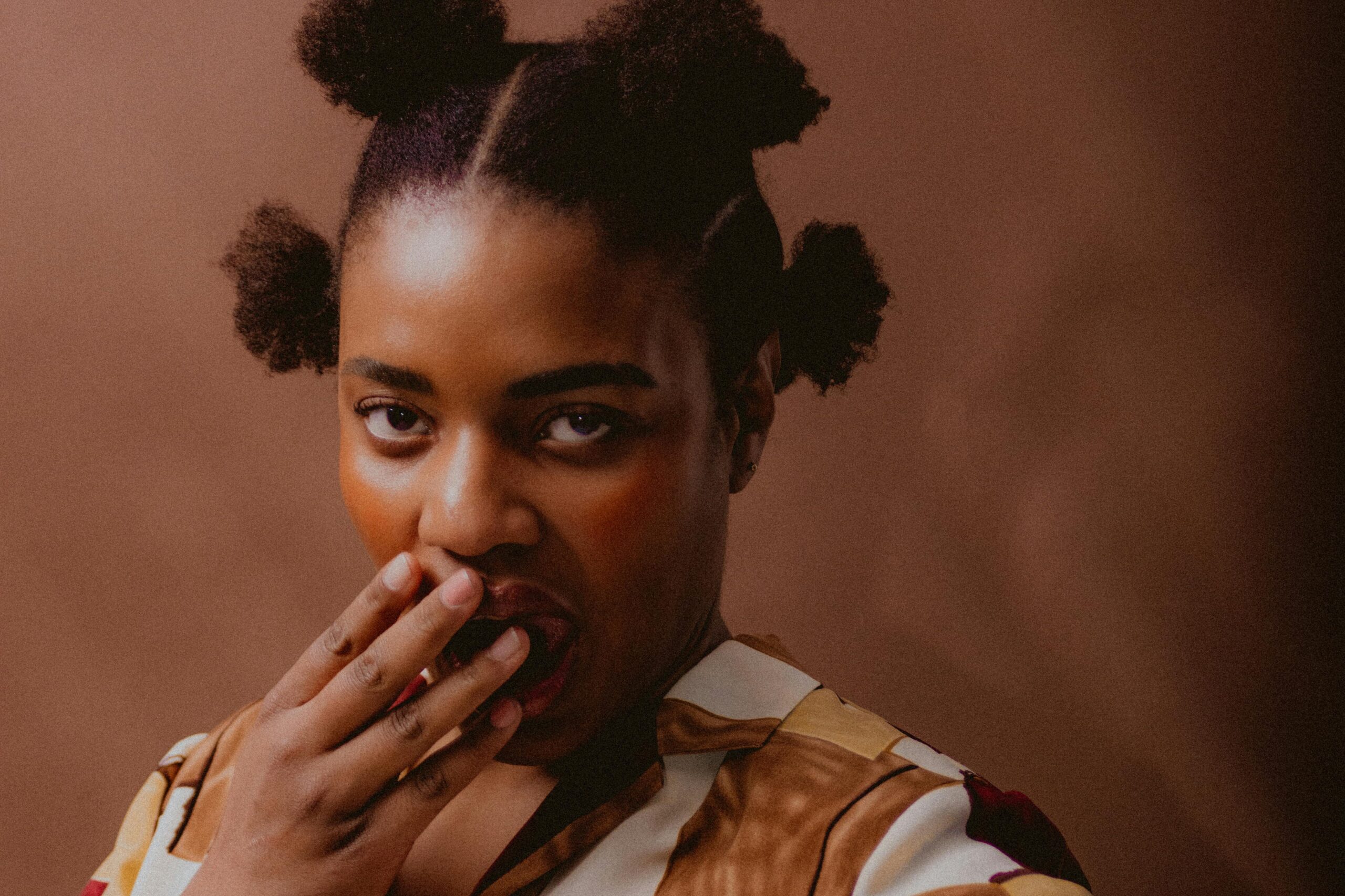
The ’70s were a politically charged time, and for Black women, fashion became a form of resistance. The struggle for civil rights continued, and Black women used their clothing as a way to make political statements. The black power fist, the Pan-African flag, and other symbols of resistance began to appear on everything from t-shirts to jewelry. These items weren’t just fashion statements—they were ways to publicly declare support for the ongoing struggle for equality and justice. The Black Panther Party, in particular, used fashion as a tool for activism, with their iconic berets and leather jackets symbolizing unity and defiance.
Women in the ’70s also used fashion to challenge traditional gender roles. They rejected the notion that women had to dress demurely or follow the expectations placed upon them by society. Instead, they embraced more masculine elements, like the leather jackets and tailored suits, while still maintaining their femininity. This fusion of toughness and grace reflected a broader cultural shift, as Black women began to take more control over their own narratives. Fashion became a tool for empowerment, allowing women to both honor their history and push against the boundaries that had previously confined them.
8. The Influence of Afrocentric Style and Traditional African Patterns
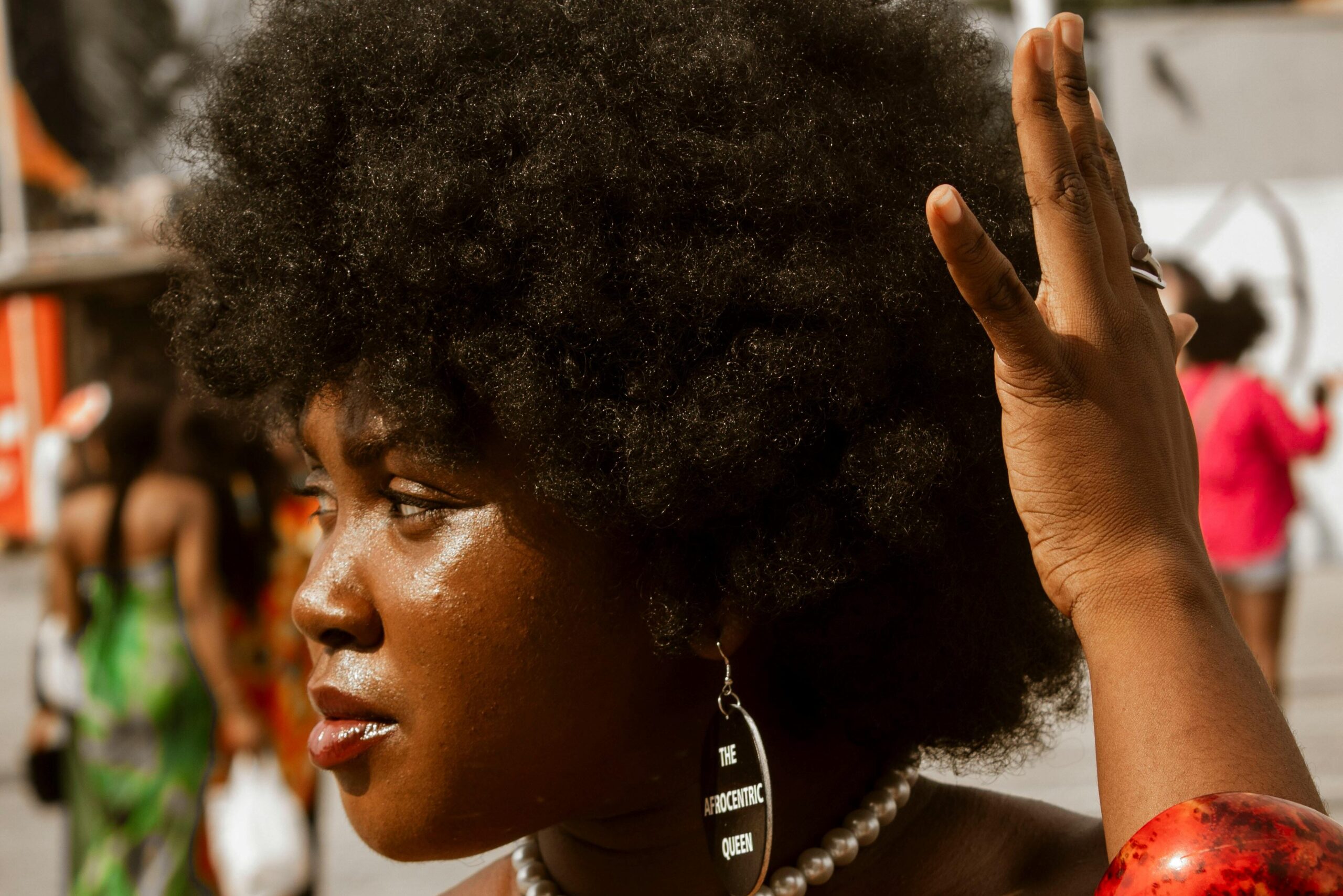
As Black women became more connected to their African heritage in the ’70s, Afrocentric style began to take over. This movement was about reclaiming African culture and infusing it into every part of life, including fashion. Women began to wear garments that reflected traditional African patterns, fabrics, and designs, bringing a sense of pride and identity to their everyday wardrobes. Bright colors, geometric patterns, and head wraps became commonplace, and African prints were seen on everything from dresses to skirts to scarves. This fashion trend was more than just about aesthetics; it was about celebrating a heritage that had been silenced for so long.
Afrocentric style also reflected the broader cultural movement toward self-love and self-pride. For Black women, it was a way to reject colonial influences and embrace a history that was often erased. By wearing African-inspired garments, Black women made a statement about their roots and their identity. They were saying, “I am proud of where I come from,” and that pride was seen in the bold prints and vibrant colors that defined Afrocentric fashion. It was a visual rebellion, challenging the Western norms that had long dictated what was considered beautiful or fashionable.
9. The Changing Roles of Women in the Workforce
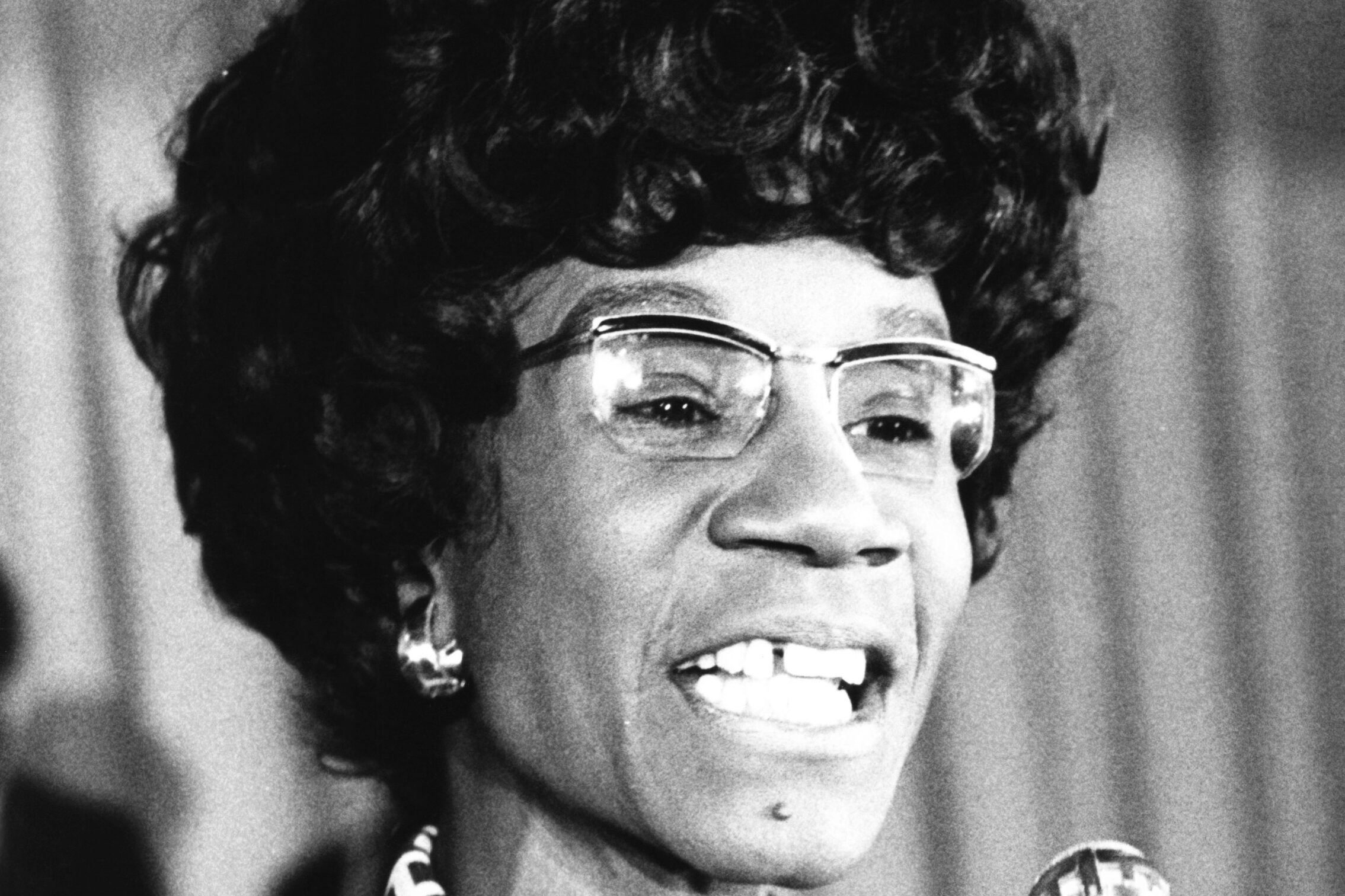
The ’70s marked a pivotal moment in the workforce, as more and more women, including Black women, entered the professional world. This period saw the rise of the feminist movement, which pushed for greater opportunities for women in the workplace. While the focus was often on white women, Black women were also making strides in areas where they had previously been excluded. Women like Shirley Chisholm, who became the first Black woman elected to Congress, broke barriers and showed that Black women were more than capable of taking on leadership roles in politics and beyond says Biography.
As Black women entered the workforce in greater numbers, their fashion choices also began to shift. In a professional world still dominated by men, women had to find ways to assert their presence without compromising their style or femininity. Tailored suits, sharp blouses, and high heels became standard office attire, allowing Black women to blend strength with elegance. They weren’t just working—they were carving out space for themselves in industries that had long excluded them. Their fashion reflected their ambitions and their desire to be seen as equals in a world that had traditionally marginalized them.
10. A New Era of Black Beauty Standards
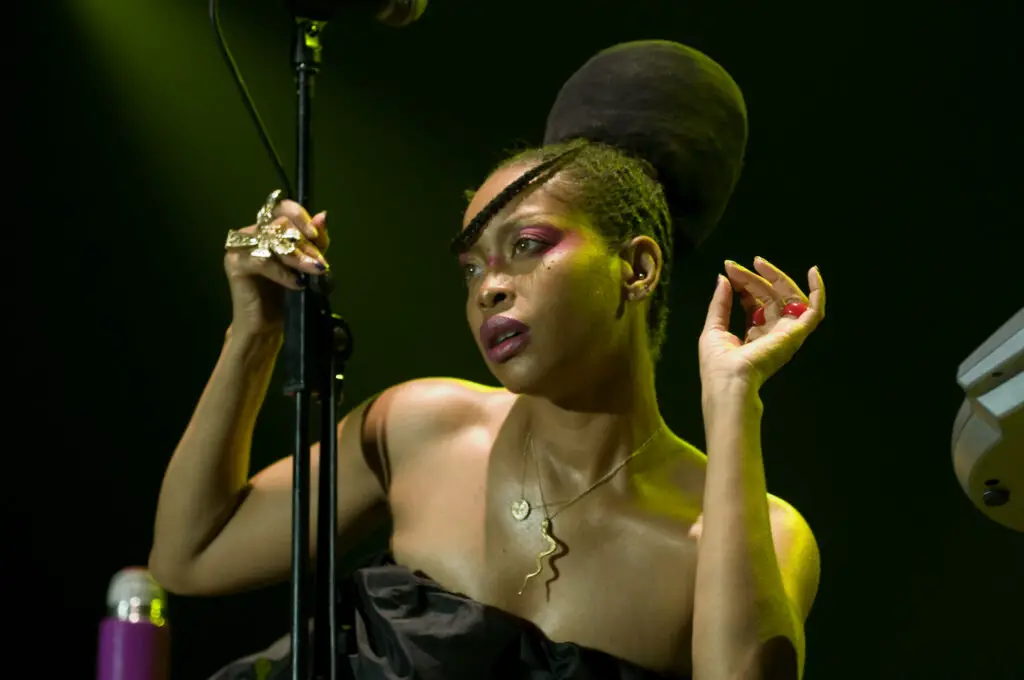
The ’70s were a time when Black women began to redefine beauty standards on their own terms. For so long, mainstream media had imposed white-centric ideals of beauty, but during this decade, Black women started to embrace their natural features as beautiful. From their skin tone to their hair to their body types, Black women in the ’70s were reclaiming beauty in a way that was unapologetic and empowering. They rejected the notion that they needed to conform to Eurocentric standards of beauty, instead choosing to celebrate the fullness of their lips, the curve of their hips, and the texture of their hair.
This shift wasn’t just reflected in the way Black women looked—it was about how they felt. The ’70s were a time of intense cultural and political change, and for Black women, redefining beauty was a form of resistance. It was a way to say, “We are beautiful just as we are.” From bold fashion choices to embracing natural hair, Black women in the ’70s set the stage for a future where they could define their own beauty without apology. This revolution in beauty standards was a key part of the broader societal changes that took place during the decade.
